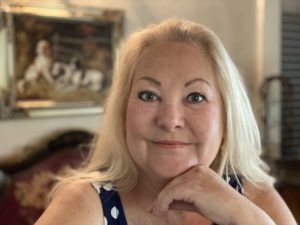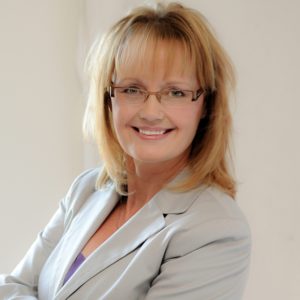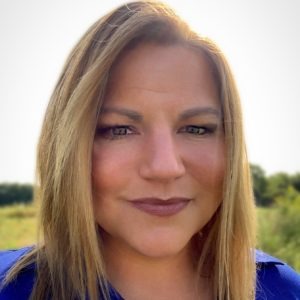Bridging the Doctor-Patient Gap to Better Manage Chronic Diseases in Long-Term Care Settings

Lisa Skinner
Long-term care facilities face the challenging task of managing chronic diseases among residents. Often, these diseases are best managed by closely working with the resident’s doctor, but facilitating clear communication can be highly challenging. The doctor-patient communication gap can negatively impact the care that facilities are able to provide, so finding ways to bridge that gap is paramount to resident health.
How Communication Challenges Affect Resident Care
Lisa Skinner, a behavioral expert in the field of Alzheimer’s disease and related dementias, is a trainer, advisor, and public speaker, and maintains a blog at AllSeniorsSafeandSound.com. She has worked in the senior care industry since 1996 and has seen firsthand how communication challenges can impact resident care.
Skinner notes that communication between the senior care facility and primary care physician is critical. “Assisted living facilities and memory care facilities aren’t a medical model. They are social models and aren’t overseen by physicians; they’re overseen by nurses and CNAs,” she explains. “In these cases, it’s even more important for the physician’s office and the staff in the office to always be kept apprised of what’s going on with their patients who are the residents in the care facilities. If that’s not happening, you’re going to have miscommunication and it’s going to have an effect on the care.”
Skinner notes that during her time in the senior care industry, a disconnect existed between senior care facilities and primary care offices. “I think it’s just because everybody is so busy, and one of the important issues to consider to keep the line of communication open between the facilities is you have to communicate. Sometimes that is more of a challenge that’s easier said than done.”
Strategies to Facilitate Better Patient-Doctor Communication
Bridging the patient-doctor communication gap was one challenge Skinner faced as a regional director managing five senior care buildings. To ensure that doctors received frequent and appropriate updates about their patients, Skinner had staff create quarterly report cards about each resident. “I got together with the head nurse and we went over each patient and I had them create a physical report card, and the marketing person delivered it to the primary care office for each of the residents that lived in the facility,” she explains.
The strategy worked. Skinner says that the staff at each doctor’s office loved getting a visit from the care facility staff. They discussed the updates that were included in the report cards, and the office staff could often put the report card right into the patient’s chart. “The end result is it really opened up that line of communication,” says Skinner.
The act of physically going to the doctor’s offices is rooted in Skinner’s learnings as a pharmaceutical representative. “The psychology behind having pharmaceutical reps go into these offices isn’t limited to just promoting products they’re representing. The psychology behind that entire job is to stay top of mind with those physicians, and it works. Pharmaceutical companies have been doing this forever, and it’s effective,” says Skinner.
“I found that to be true as a rep, and that’s how I trained my reps, and that’s how I trained my marketing staff in senior care to visit physicians’ offices. It really does help keep the relationship top of mind between the care facility and the physician’s office. It keeps the communication lines open.”
While the industry has changed since Skinner initially came up with her report card idea, the same updates can still be accomplished via email, though the personal contact that’s generated by a visit to the office is lost. Skinner suggests that facilities modify the quarterly report card, perhaps creating more frequent report cards for residents with chronic issues that require more detailed monitoring.
Residents’ families can also be a valuable asset in promoting communication and keeping staff aware of important updates. “Family members often become eyes and ears for the staff, and they do report things that could possibly be of concern,” says Skinner. “It’s just another set of eyes and ears. It takes a village.”

Paige Cerulli is a contributing writer to i Advance Senior Care.
Related Articles
Topics: Administration , Alzheimer's/Dementia , Facility management , Featured Articles , Resident Care , Technology & IT , Training











